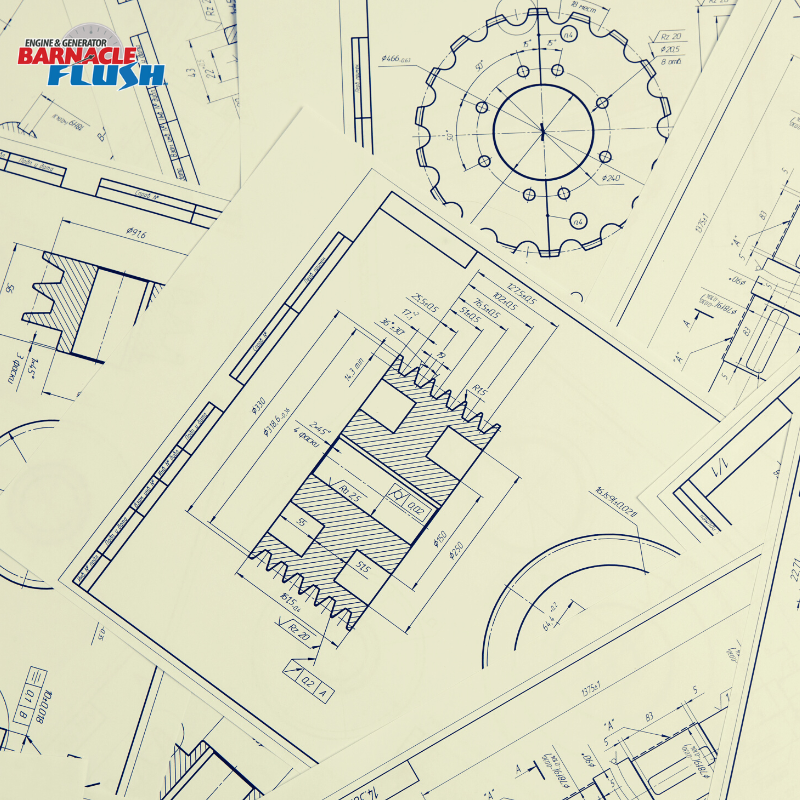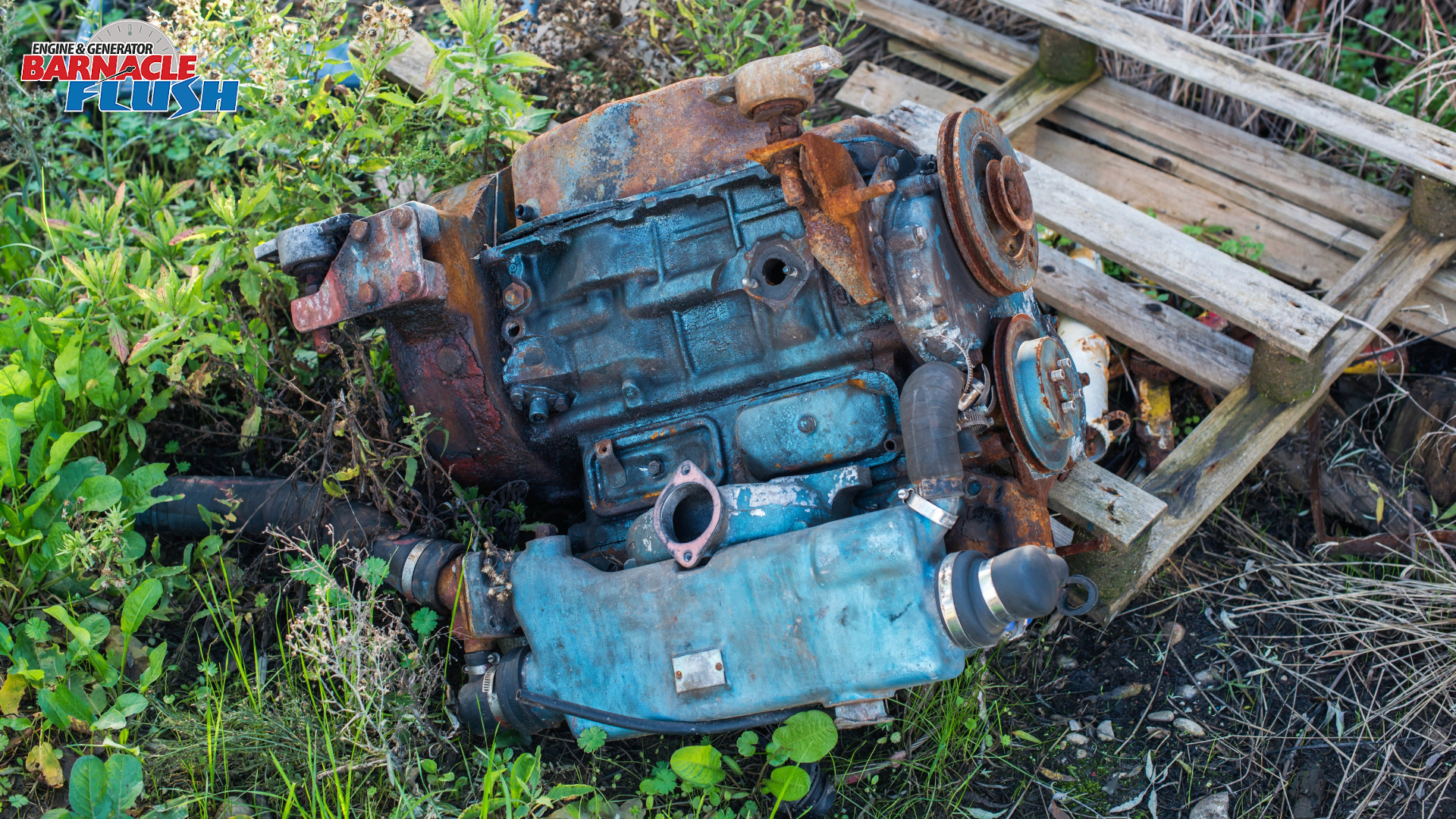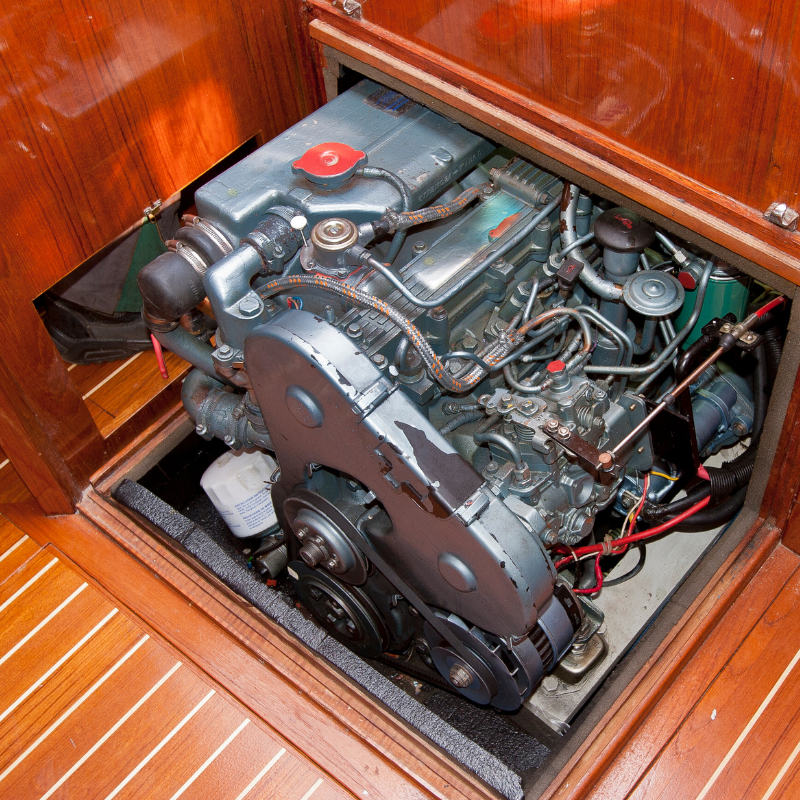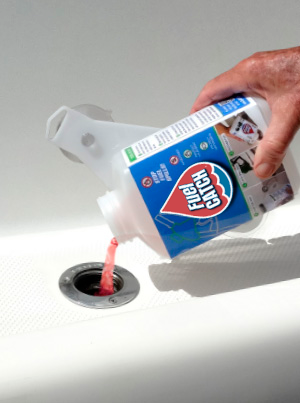Cooling with Confidence: Ensuring Your Heat Exchanger Keeps Your Engine Running Smoothly
I. Introduction
Welcome to the world of marine cooling systems, where the health of your engine is closely tied to the performance of its components. One critical component that requires special attention is the heat exchanger. In this article, we will explore the vital role of the heat exchanger in marine cooling systems and delve into the importance of keeping it clean, clear, and cool for optimal engine performance and longevity.

II. Understanding the Heat Exchanger
The heat exchanger is a vital component of marine cooling systems responsible for transferring heat between two fluids. It plays a crucial role in maintaining the engine’s optimal operating temperature.
By circulating coolant fluid around the engine, the heat exchanger absorbs excess heat and transfers it to the seawater flowing through its separate passages.
This process ensures that the engine remains within a safe temperature range, avoiding overheating and potential damage.

III. The Impact of a Dirty Heat Exchanger

When the heat exchanger becomes dirty and clogged, its ability to transfer heat efficiently is compromised. This leads to a range of negative consequences for the engine.
Reduced heat transfer efficiency means the engine struggles to dissipate heat effectively, causing the operating temperature to rise.
As a result, the engine may experience frequent overheating, which can lead to detrimental effects such as warped cylinder heads, damaged gaskets, and even engine failure.
Moreover, a dirty heat exchanger contributes to increased fuel consumption, reduced engine performance, and overall inefficiency.
IV. The Importance of Regular Cleaning and Maintenance

Regular cleaning and maintenance of the heat exchanger are crucial to ensure its optimal performance.
Over time, contaminants such as marine growth, sediment, and scale can accumulate within the exchanger’s passages, hindering water flow and impeding heat transfer.
By implementing a routine cleaning schedule, you can prevent these issues and maintain the heat exchanger’s ability to efficiently cool the engine.
Cleaning also helps remove any corrosive elements that may contribute to the deterioration of the heat exchanger’s materials, prolonging its lifespan.
V. Effective Cleaning Methods for Heat Exchangers
There are various cleaning methods available to address a dirty heat exchanger, depending on the level of contamination and accessibility.
Chemical cleaning agents can be used to dissolve and remove deposits, restoring the exchanger’s efficiency.
Mechanical cleaning methods, such as brushing or using high-pressure water jets, are effective for dislodging stubborn debris.
In some cases, professional cleaning services equipped with specialized tools and expertise may be necessary to ensure thorough cleaning.
Choosing the appropriate cleaning method is essential to avoid damage to the heat exchanger and maintain its structural integrity.

VI. Prevention and Protection Measures
Prevention is key when it comes to maintaining a clean heat exchanger.
Using sacrificial anodes in the cooling system is a common practice to minimize corrosion within the heat exchanger.
These anodes attract and corrode before other important metal components, protecting the exchanger from damage.
Regular inspections of the heat exchanger allow you to identify any signs of deterioration or blockages early on, enabling timely intervention.
Additionally, during the off-season or long periods of inactivity, it is essential to properly protect the heat exchanger by using appropriate covers or following manufacturer recommendations to prevent the intrusion of debris or contaminants.
VII. Frequently Asked Questions (FAQs)
A heat exchanger transfers heat between the engine’s coolant fluid and the seawater, ensuring optimal engine temperature regulation.
Common signs include frequent engine overheating, reduced engine performance, increased fuel consumption, and poor water flow.
Yes, a dirty heat exchanger restricts proper heat transfer, leading to inadequate engine cooling and increased operating temperatures.
Regular cleaning is recommended, but the frequency depends on factors such as usage, water conditions, and manufacturer guidelines. Typically, an annual cleaning is advisable.
Basic cleaning tasks can be performed by boat owners, but for a thorough cleaning or when dealing with complex issues, it’s recommended to seek the expertise of a professional service provider
Common contaminants include marine growth, sediment, scale, and debris that accumulate over time within the heat exchanger’s passages.
Yes, there are environmentally safe cleaning agents available that effectively remove contaminants without causing harm to the marine ecosystem.
No, not all marine engines have heat exchangers. Heat exchangers are commonly found in seawater-cooled systems, but some engines may use other cooling methods.
Sacrificial anodes are metals designed to corrode in place of other critical components. They help protect the heat exchanger from corrosion, extending its lifespan.
To protect the heat exchanger during the off-season, consider using appropriate covers or following manufacturer recommendations for storage and maintenance procedures.
VIII. Conclusion
Maintaining a clean, clear, and cool heat exchanger is essential for the optimal performance and longevity of your marine engine.
Regular cleaning and preventive measures are key to ensuring efficient heat transfer, preventing engine overheating, and maximizing fuel efficiency.
By prioritizing the care of your heat exchanger and following recommended maintenance practices, you can enjoy smooth sailing and worry-free boating adventures for years to come.
Remember, a clean heat exchanger is a cool engine!

